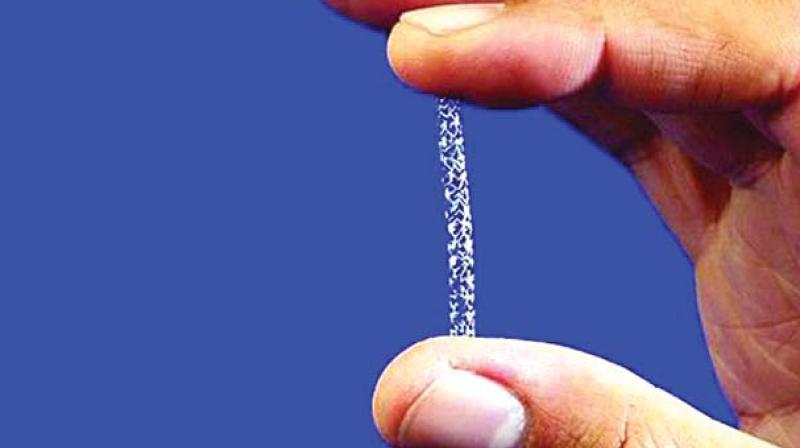Stents cost down, yet patients pay more

Vijayawada: The government’s decision to reduce stent costs to benefit lakhs of poor and middle-class patients across the country, is getting both praise and flak. Some super speciality hospitals have started compensating for the stent costs in the form of surgical service charges and others. Majority of cardiologists have supported the decision of the union government. Reputed hospitals like J.J. Hospital, Mumbai had come forward to perform Angioplasty for five thousand rupees. But after a few months, a number of hospitals have increased medical charges, service charges and others, which are placing an additional burden on patients, in the process degrading the motives of the union government.
“We thought that angioplasty rates would become cheaper after the decision of the union government. But corporate hospitals are collecting the same amount by increasing various procedure charges and medical bills. Hospitals are forcing patients to go with packages which cost a huge amount,” says M.Hanumantha Rao, a retired employee. Managements of corporate hospitals are denying the allegations made by patients. “Stent costs were slashed by 75 percent and angioplasty had become very cheap. But the cost of the supporting hardware like cables, balloons and others was too high and we are just charging for our services ,” says a representative of a corporate hospital on condition of anonymity. Meanwhile some associations are demanding that the government fix a specific tariff for procedures, considering the ratings of hospitals, to control corporate hospitals.
Go see a doctor if you have a bio stent
A total of 10,000 bio-absorbable stents have been used in the country in the last five years, as per data from the Cardiology Society of India. Each of these stents cost more than Rs 2 lakh. A senior cardiologist here said, “The procedure for implant is a bit complicated, as compared to normal metallic stents. It requires specialised imaging like Optical Coherence Tom-ography (OCT) and its navigation into the body is a time-consuming and strenuous effort for the team.” Cardiologists state that they can’t use this stent until and unless they give specific reasons as to why a patient requires this.
The adverse impact stated in the review has forced them to get in touch with patients who have been implanted this stent, and check on their status. Another senior cardiologist explained, “The heart attack caused due to stent thrombosis is very strong and dangerous. Hence we are trying to contact our patients and follow up with them. Most of them come for follow-up only for a year and then come when there’s a problem. Before that happens, we are trying to call them in for a review.” India accounts for a third of the manufacturers’ $132million global revenue from the stents, according to a 2014 market report.

